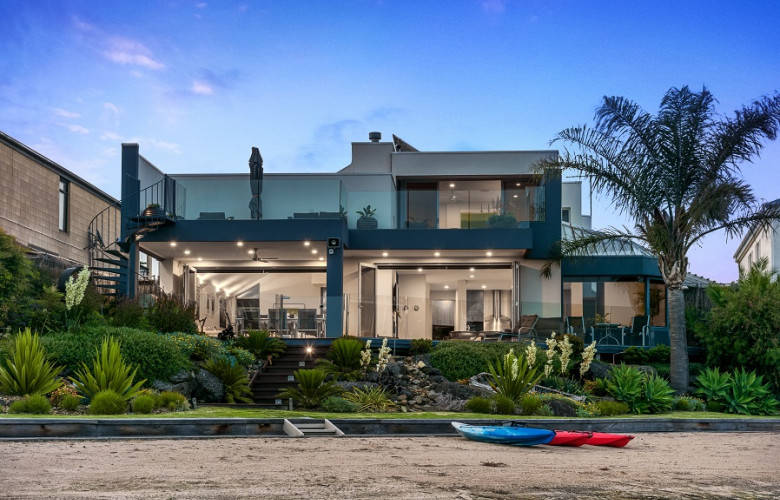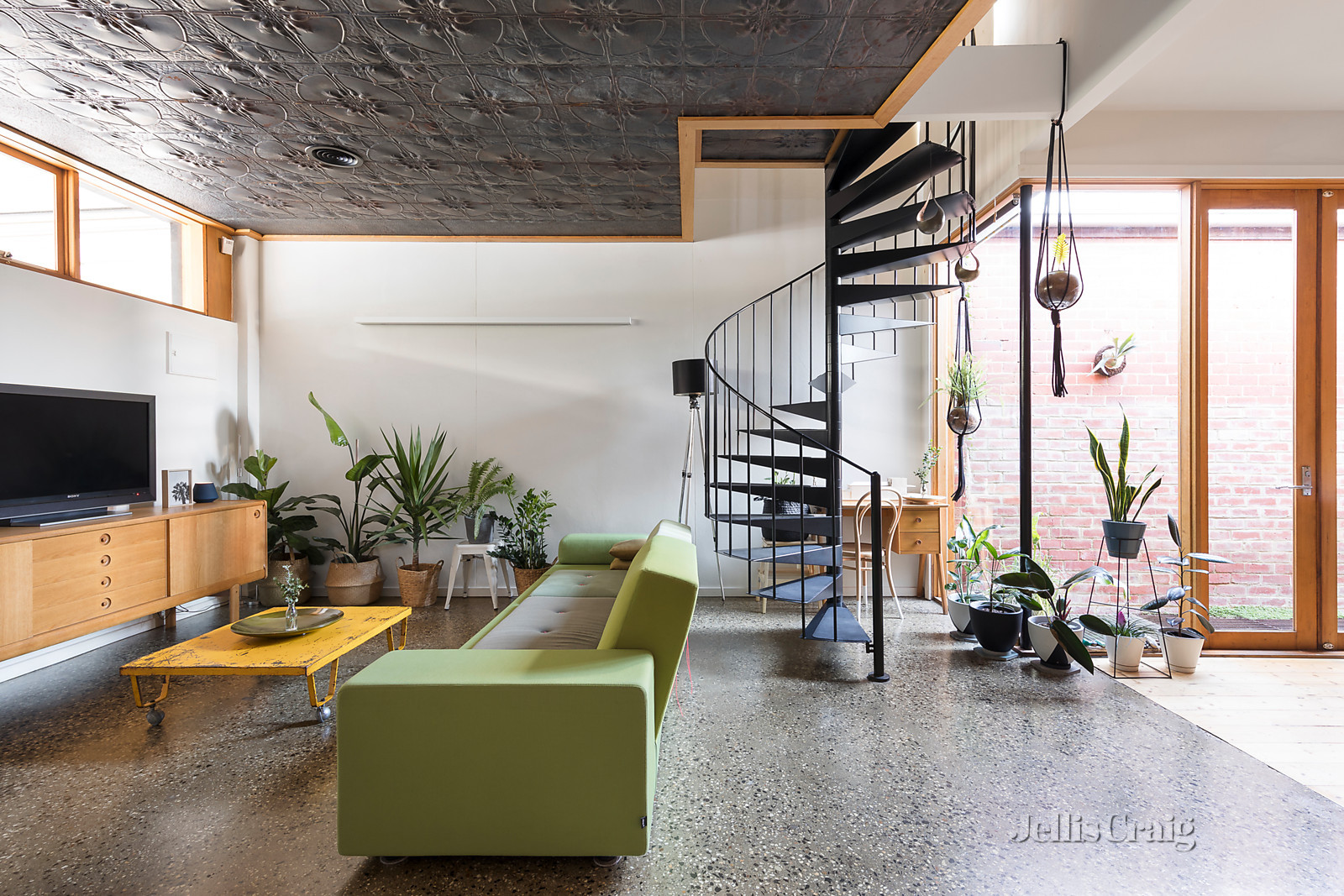These are Melbourne's top price growth suburbs
Contact
These are Melbourne's top price growth suburbs
Amid the doom and gloom surrounding the Melbourne housing market, the city’s median sale price crept up last year, according to the Real Estate Institute of Victoria (REIV). These were the top growth suburbs.
Amid all the doom and gloom reporting surrounding the housing market, Melbourne's median sale price actually crept up last year according to new data.
Victoria’s peak real estate body found Melbourne’s house median rose 1.4 per cent from $815,000 in 2017 to $826,500 in 2018.
The figure was pulled up by booming outer suburbs, with most located in the expanding south-east and Mornington Peninsula/Bayside areas, including Mt Martha, Officer and Cranbourne North.
New transport infrastructure including Skyrail and the Monash Freeway widening are likely to have been a factor in this growth.
REIV President Robyn Waters told WILLIAMS MEDIA that despite low confidence, sluggish auction clearance rates and a 20 per cent reduction in residential property sales last year, vendors are still getting good prices for their homes when they do sell.
“It might take you a bit longer to sell and you might have to put in a bit more effort, but the big picture is showing that house prices have increased slightly in Melbourne over the past 12 months.
"Confidence is a major factor in the property market and this latest REIV data is showing that the market overall is steady, coming off an increase in the median house price of 13.2 per cent in 2017 which could not be sustained.
The December quarter saw a drop in Metropolitan Melbourne’s median house price of 3.7 per cent to $796,500 while Regional Victoria’s went up by 2.5 per cent.
Pictured: 229 Gladesville Boulevard. For sale by Graeme Lund of Century 21. As seen on Luxury List.
Ms Waters said properties are being tightly held in the inner suburbs as vendors wait out this period, while the markets in the outer and regional suburbs are stronger as buyers are inclined to snap up more affordable options.
“There is no doubt that the banks’ tighter lending conditions are contributing to this trend as are incentives for first home buyers which encourage the purchase of affordable properties."
Despite this, some inner suburbs did perform well. Malvern East, Thornbury and Hawthorn all fared well thanks to an increase in the number and value of sales from the September quarter.
"This is a good indication that confidence is starting to pick up in the prestige areas," Ms Waters added.
Ms Waters told WILLIAMS MEDIA she expects the Victorian property market to remain steady in the first half of the year, as the outcome of the banking Royal Commission and Federal Election is to be decided.
"Things should begin to look up again in the second half of the year.”
Jellis Craig Northcote Director and Auctioneer Sam Rigopoulos expects a "positive surge" in property prices after the results of the election.
"I feel confident that the level of demand is strong enough to create a positive surge in buyer activity and therefore in property prices following the Federal Election and the conclusion of the Royal Commission, I expect this will start to occur in spring market of this year," he told WILLIAMS MEDIA.
He says buyers shouldn't rely on the media.
"If I were a buyer I wouldn’t be waiting for the media to tell me that the market is moving again, by then the fair value will be gone – the window will be closing very soon.
Regional Victoria the star performer
There was a 5.5 per cent increase in the median house price, from $379,000 up to $400,000, and annual increases of more than 20 per cent in the top five towns.
Inland Victoria suburbs like Golden Point, Irymple and Daylesford all saw "surprising" increases of more than nine per cent.
Related reading:
What can you get for Melbourne's median house price?
Why industry experts are saying now is the time to buy in Melbourne
Melbourne's 'bridesmaid' suburbs offering a more affordable entry point into market








